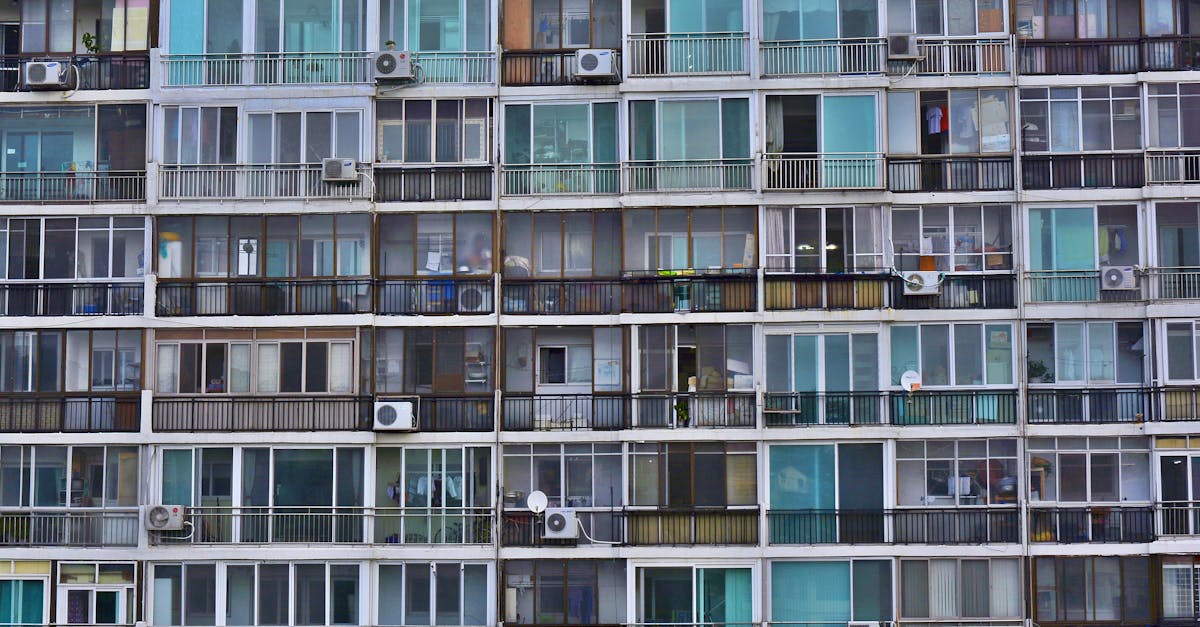Smart controls enhance air handlers by providing user-friendly interfaces, allowing remote access, and offering greater energy management capabilities, all of which contribute to improved comfort and efficiency.
Can I control my ducted air conditioning system remotely?Yes, many modern ducted air conditioning systems equipped with smart technology allow users to control their systems remotely via mobile apps, making adjustments more convenient and efficient.How can smart technology help me save on energy bills?
Common Challenges and Solutions When Installing the Air Handler in Ducted Air Conditioning
Table Of ContentsUpgrading the Air Handler in Ducted Air Conditioning: What You Need to Know
Design Considerations for Duct Placement 2024-09-09
The effective placement of ductwork is crucial for maximizing the efficiency of a ducted air conditioning system. It is essential to consider the layout of the building, including room sizes and their intended use. Strategically positioning ducts close to external walls may help in gaining better temperature control in areas that are more exposed to heat or cold. Additionally, maintaining the shortest possible duct runs reduces energy loss, which is vital for overall system efficiency.
Another important factor is the minimization of bends and turns in the ductwork. Each bend can create resistance to airflow, which may compromise performance and lead to uneven heating or cooling. Ensuring that ducts are insulated properly also plays a significant role in maintaining energy efficiency. In areas where external temperatures fluctuate significantly, proper insulation can reduce energy loss and improve the system's capacity to maintain desired indoor conditions.
Optimising Air DistributionTerms of Use
Air distribution optimisation is crucial for achieving comfort and efficiency in ducted air conditioning systems. Properly designed ductwork ensures that conditioned air reaches every room evenly, preventing hot and cold spots that can lead to dissatisfaction. The layout of the ducts should take into account the specific characteristics of the space, including room sizes, occupancy, and air flow paths. Strategically placed supply and return vents can enhance circulation and help maintain a consistent temperature throughout the environment.
on of zoning systems that divide a building into distinct areas. By targeting specific zones, these systems can provide tailored climate control based on the unique needs of each space. This approach not only boosts comfort but also improves energy efficiency by preventing over-conditioning in less frequently used areas. Regular maintenance is essential to ensure that all components operate effectively, incorporating filter changes and cleaning ductwork to eliminate blockages and maximise airflow potential.
Addressing Duct Leakage
Duct leakage can significantly impair the efficiency of ducted air conditioning systems. When air escapes from leaks, it not only prevents rooms from reaching the desired temperature but also forces the system to work harder. This results in increased energy consumption and higher utility bills. Identifying the source of leaks is crucial for restoring energy efficiency and ensuring the system functions optimally.
Ductwork Installation Best Practices for Ducted Air Conditioning SystemsOne effective method for detecting leaks is a thorough inspection of the ductwork. Looking for visible gaps, holes, or disconnected joints can help pinpoint problem areas. Additionally, conducting a pressure test can reveal leaks not easily visible to the naked eye. Once identified, sealing materials such as duct mastic or foil tape can be applied to rectify the issue. Regular maintenance checks can also help prevent future leaks, ensuring that the air conditioning system remains efficient over time.
Identifying and Sealing Leaks